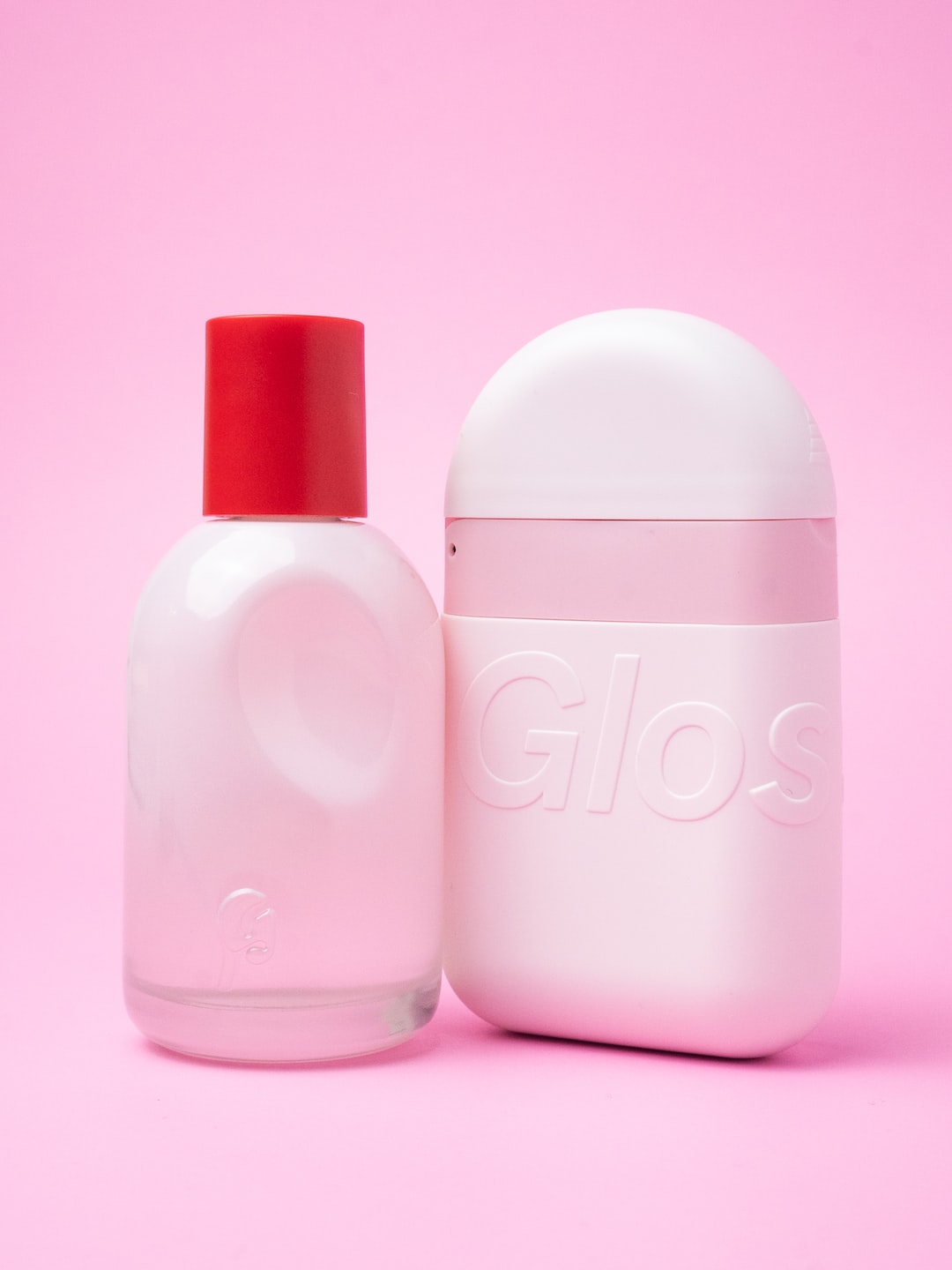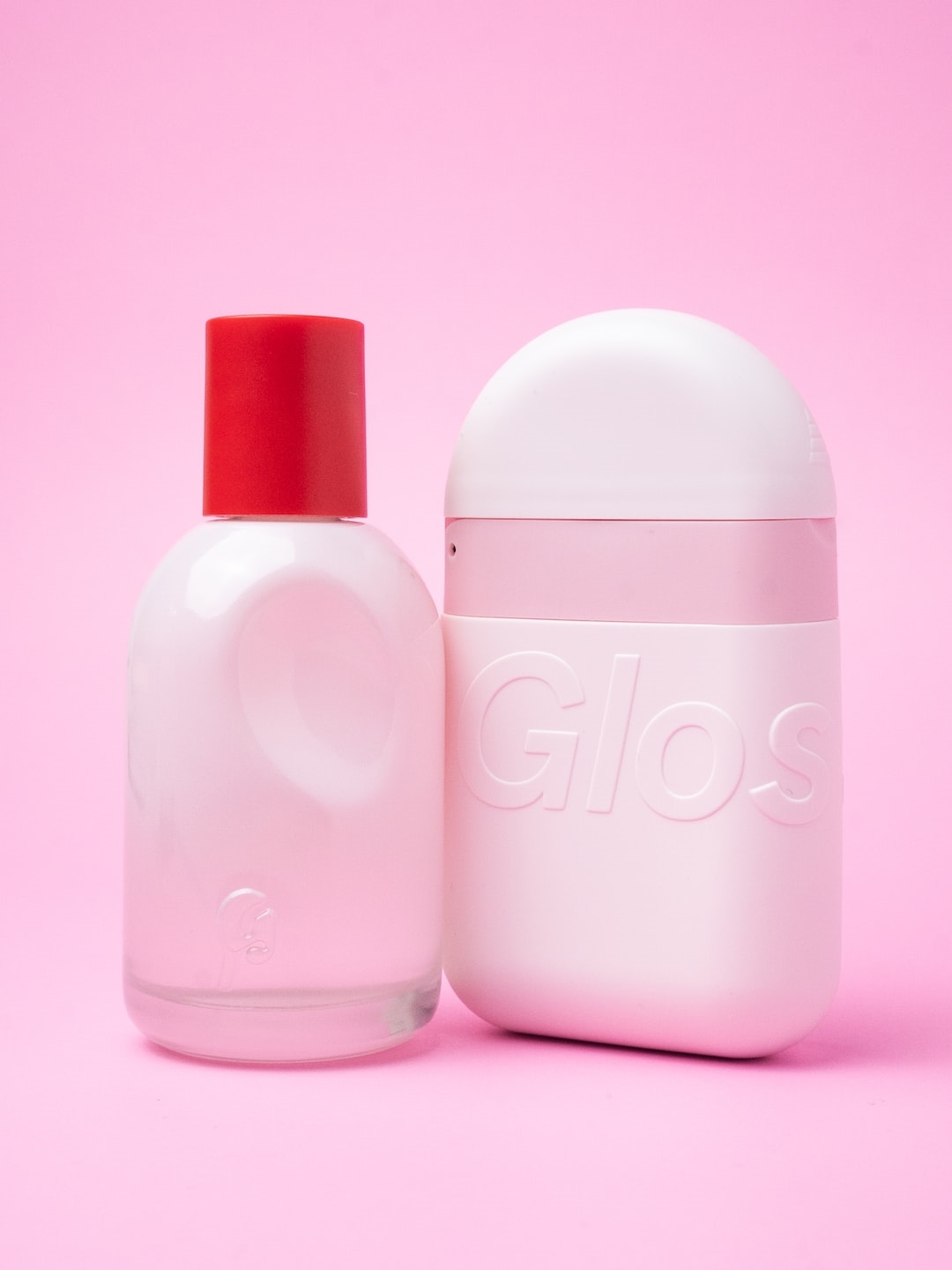When it comes to getting a tattoo, many people consider the design, size, and placement. However, not everyone thinks about the potential difficulty of removing a tattoo in the future. Tattoo removal technology has come a long way, but certain colors pose more challenges than others. In this article, we will discuss the hardest tattoo color to remove and the factors that influence the removal process.
Factors Affecting Tattoo Removal
Tattoo removal procedures are primarily based on the principle of breaking down the tattoo ink so that it can be absorbed and eliminated by the body. Several factors can influence the success and difficulty of tattoo removal:
Tattoo Pigment Composition
The composition of the tattoo pigment plays a crucial role in determining the ease of removal. Some pigments are easier to break down, while others are more resistant. Different colors contain various chemical compounds that interact differently with the laser used in the removal process. For this reason, certain colors are more challenging to remove than others.
Tattoo Depth
The depth at which the tattoo ink is placed also affects the removal process. Tattoos that are closer to the surface of the skin are typically easier to remove since the laser can target the pigment more effectively. Deeper tattoos may require more sessions and higher laser energy, leading to increased difficulty in removal.
Skin Tone
The color of your skin can also impact the tattoo removal process. People with lighter skin tones generally have an advantage since the contrast between the tattoo pigment and the skin makes it easier for the laser to target the ink. In contrast, individuals with darker skin tones may experience more challenges during removal because the laser can inadvertently target the surrounding skin.
Hardest Tattoo Color to Remove
Amongst all tattoo colors, the one that is often considered the hardest to remove is green. Green ink contains chromophores that are highly resistant to laser wavelengths commonly used in tattoo removal procedures. These chromophores tend to reflect or simply do not absorb the laser energy effectively, making it difficult to break down the green pigment.
However, it is important to note that the difficulty in removing a tattoo heavily depends on the individual’s unique circumstances. Factors such as the tattoo artist’s technique, the type of green ink used, and the body’s response to the removal process can all influence the overall difficulty of removing a green tattoo.
Tattoo Removal Options
Although green ink can be challenging to remove, advancements in tattoo removal technology have made it possible to lighten and fade even the most stubborn tattoos. Here are some popular tattoo removal options:
Laser Tattoo Removal

Laser tattoo removal is the most common and effective method for removing tattoos. It involves using high-intensity laser beams to break down the ink particles. The laser targets the pigment in the tattoo without damaging the surrounding skin. Multiple sessions are typically required for complete removal, and the number of sessions may be higher for tattoos with resistant colors like green.
Tattoo Removal Creams
Tattoo removal creams work by breaking down the tattoo ink and allowing it to fade gradually. These creams are applied topically and require consistent and long-term use to see results. However, they are generally less effective compared to laser removal methods and may not completely remove the tattoo.
Dermabrasion
Dermabrasion involves removing the tattoo by scraping the skin’s top layers using a high-speed rotary device. This method is typically more painful and may have a longer recovery time compared to laser removal. Dermabrasion is not recommended for everyone and is often used for smaller tattoos or as a last resort for stubborn tattoos.
Surgical Excision
Surgical excision involves cutting out the tattooed skin and stitching the surrounding skin together. This method is usually reserved for small tattoos and is not suitable for larger or complex designs. Surgical excision may result in a scar but offers an immediate and complete removal of the tattoo.
While the hardest tattoo color to remove is often considered to be green, tattoo removal difficulties can vary depending on many factors. The best course of action would be to consult with a professional tattoo removal specialist who can assess your specific tattoo and guide you on the most appropriate removal process. Regardless of the color, advanced tattoo removal techniques have made it possible to achieve successful results with patience and proper treatment.
